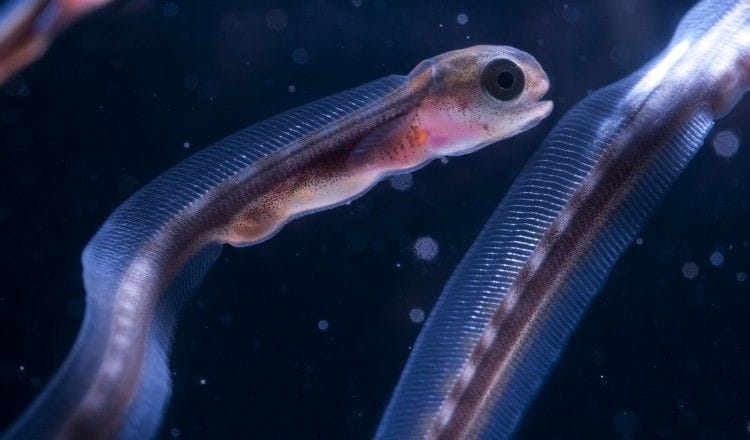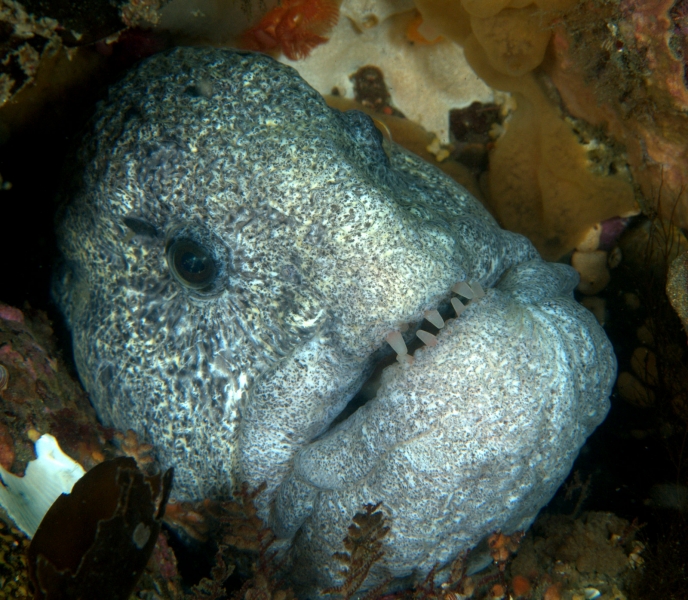

White Eyed Moray Eels are typically a nocturnal species, which means the best chance you get to see them swimming around is on a night dive and White Rock is one of the best dive sites to see them. The moray benefits as the prey are reluctant to try and escape whilst the other fish catch anything that dares to make a run for it. You may see various species including Trevally and Grouper surrounding a section of coral trapping in smaller fish, whilst the moray eel swims through the smaller gaps. Moray Eels will work together with a different species as a team in order to be more efficient in their hunting efforts. White Eyed Moray Eels are carnivorous and their diet mostly consists of various fish, squid and other crustaceans.Īdditionally, a White Eyed Moray Eel will engage in a rare activity known as co-operative hunting, which lucky for us is quite a common sight around many of the Koh Tao dive sites. White Eyed Moray EEL Koh Tao White Eyed Moray Eel Characteristics & Behaviour Instead of spending their time swimming around to achieve this, they tend to hide in small crevices pointing themselves upstream with their mouth gaping open. Like all fish, a White Eyed Moray Eel has to breathe by using water movement through their gills. This species of marine animal can usually grow to approximately 40cm in length with the larger males reaching up to 65cm and they are often a pale yellow-brown colour with a scattering of smaller brown spots.
#Wolf eel facts how to
How to identify the White Eyed Moray EelĪ White Eyed Moray Eel has a prominent deep purple-grey coloured face, bright white eyes and they have poor eyesight. Popular locations to see them include Twins Pinnacle, White Rock, Mango Bay and Japanese Gardens. White Eyed Moray Eels can be found at many of the dive sites around Koh Tao, although they prefer dive sites with lots of coral or rocks to hide in. Where to find the White Eyed Moray Eel on Koh Tao You will often see White Eyed Moray Eels looking out of small openings around the reef with their mouth gaping open showing off their teeth or if you are lucky you can see them swimming around. White Eyed Moray Eels are always exciting to see when scuba diving or snorkeling around Koh Tao. They are predatory by nature and will prey on animal, dead or alive, that they can swallow whole.Learn about the White Eyed Moray Eel on Koh Tao Moray eels primarily feed on squid, crustaceans, mollusks, shellfish, carrion, octopuses, and small fish. Moray Eel What Do Moray Eels Eat | Moray Eel Facts

They have a poor vision and they mostly rely on their keen sense of smell.Unlike freshwater eels, there is no breeding migration in moray eels.Moray eels are nocturnal and will only emerge at night but they can show themselves during day if provoked.The moray’s bites are aggressive with green morays dangerous in particular.They look like a venomous snake especially while going for an attack.If cornered or provoked, however, moray will lunge and bite in an incredible effort to escape. According some sea divers, moray eels can become aggressive towards bathers and humans generally avoid them as deliberately as moray tries to avoid them.The male moray is largely blue in color and have yellow fringe while the female is predominantly yellow.The zebra moray is found in the Indian Ocean and its body is marked with 50 to 80 white rings.The average lifespan of moray eel is unknown.They have small rounded gill openings displaying dense scaleless skin. They have a long dorsal fin which emerges from just behind the head.Moray eel is characterized by its strong snake-like body having a huge mouth several teeth, often includes fanglike canines (front teeth).funebris measures at 8.5 feet (2.5 meters) G. The maximum length ever recorded in moray eels measured around 10 feet (3 meters), with the typical length measuring at 3 feet (0.9 meter).The weight of moray eel measures around 64 lb (29 kg).

Either of these species invites their counterparts by shaking their heads. These animals are cooperative hunters and are often found hunting with Reef-associated roving coralgroupers. The larval period lasts for eight months.


 0 kommentar(er)
0 kommentar(er)
